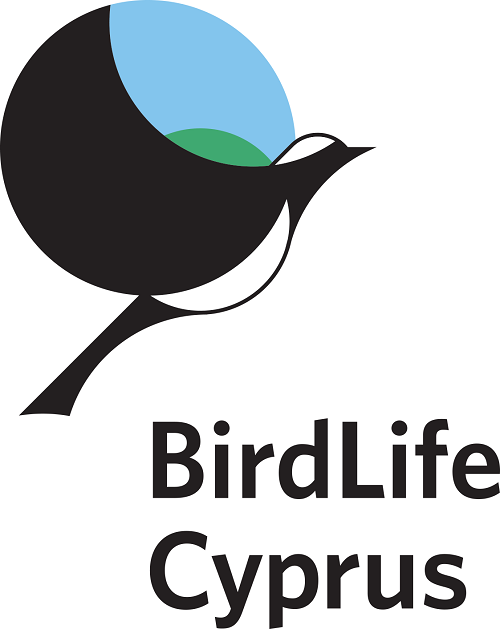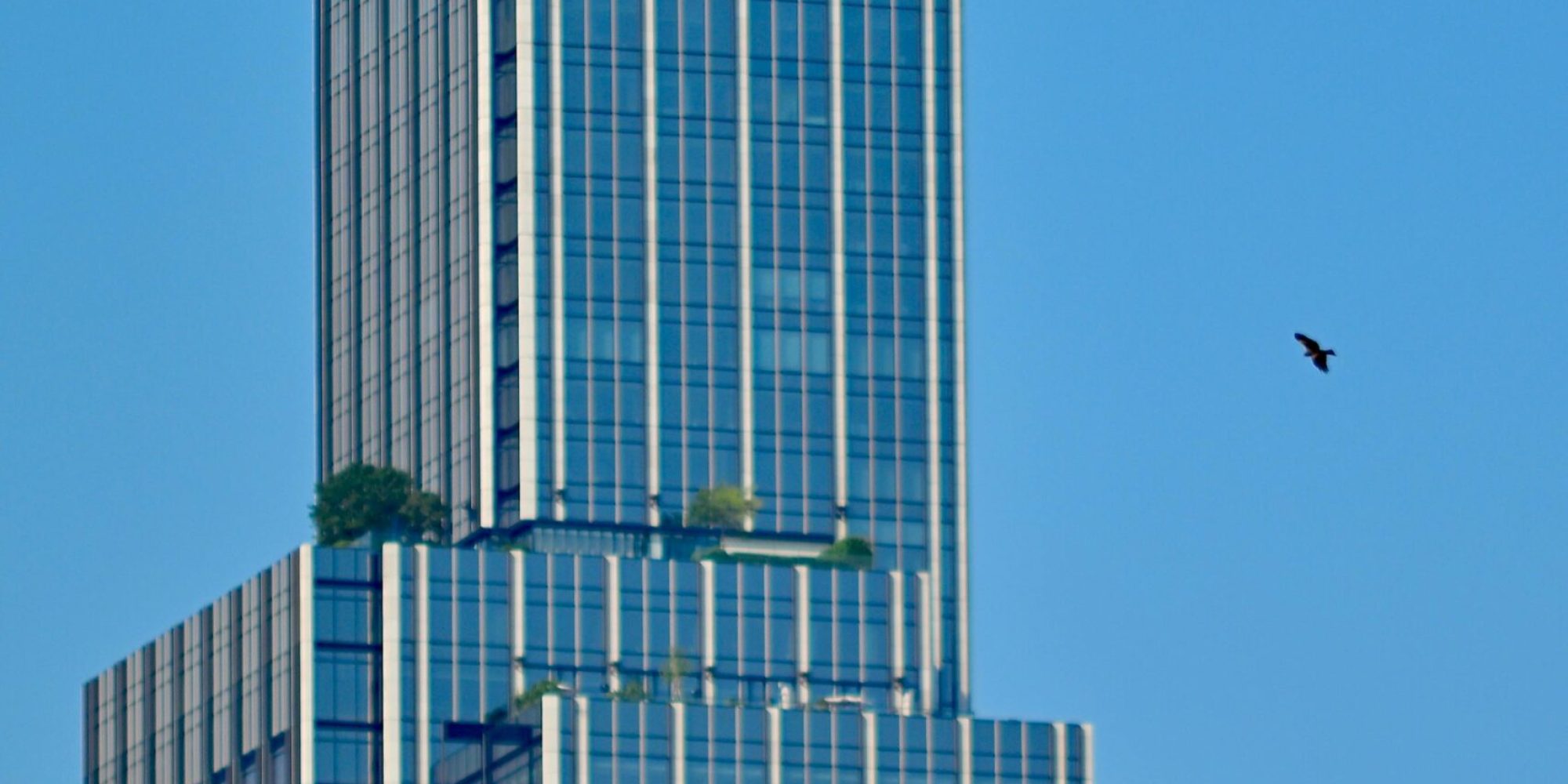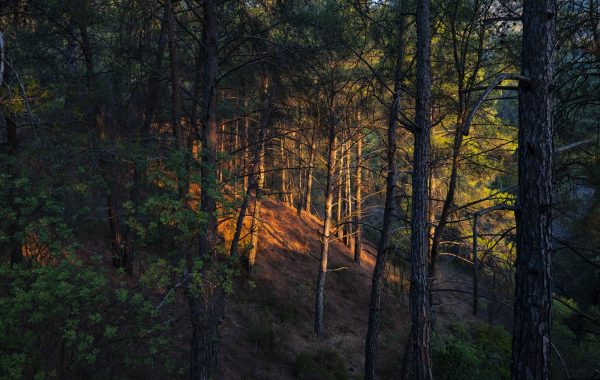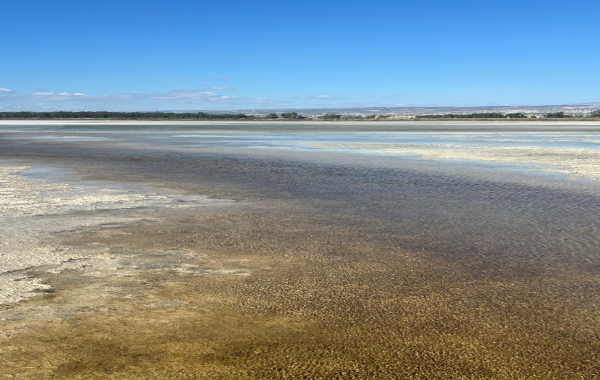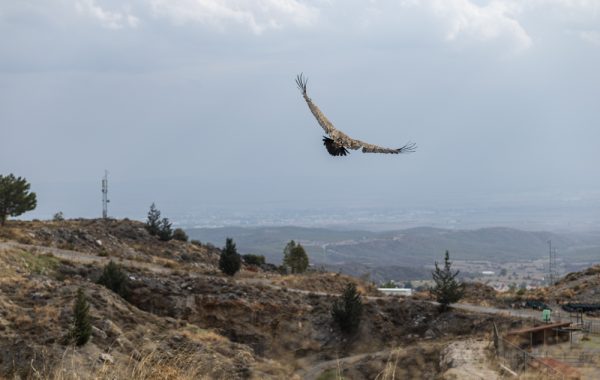Every year, hundreds of millions of birds die around the world from colliding with glass windows. What may sound like a random “thunk” on a window is, in fact, one of the leading human-caused sources of bird mortality. Recent research shows the problem is even worse than previously believed.
In rapidly developing parts of Cyprus, particularly Limassol, where tall glass buildings are reshaping the skyline, the collisions can be an unintended consequence and should be assessed and included in urban planning priorities. Understanding how and why these collisions occur is the first step toward preventing them.
Why birds hit windows
Birds cannot recognize glass as a solid barrier. Reflections of trees or sky create the illusion of open space, while transparent windows allow them to see vegetation or light on the other side. Both invite birds to fly straight into them.
Not every collision is visible. Many birds fly off injured, only to die later from trauma or predation, meaning that the true death toll is much higher than what is found below windowsills.
Who is affected and what happens
Almost any bird can strike a window, but small urban and migratory species are most at risk. In Cyprus, these might include sparrows, robins, blackcaps, flycatchers, warblers, goldfinches and swallows.
The impact is often fatal. Many birds die instantly, while others are concussed or suffer internal injuries that lead to death later. Even a single bird’s death can have ripple effects, for example, if it was feeding chicks in a nearby nest.
The role of modern architecture
Today’s architecture celebrates glass: open façades, mirrored towers, and light-filled interiors. But these same design features create invisible traps for birds. Buildings that are well-lit at night also attract migratory birds flying after dark, disorienting them and increasing collisions.
Studies have shown that increasing glass area by just 10% can raise collision risk by nearly 20%. Reflective or transparent glass near greenery, water, or sky reflections are particularly dangerous. Urban centres in Cyprus, now filled with high-rises, office towers, and waterfront developments, are prime examples of environments where this risk is growing rapidly.
Because Cyprus lies on a key migratory route, the danger extends beyond resident species. Twice each year, millions of migratory birds pass through the island, and many navigate through these newly glass-dominated cityscapes.
What can be done
At home
Even small changes can make a big difference:
- Make windows visible to birds. Use decals (like the ones used on motorway barriers, stripes, or patterned films spaced close together on the outside of windows.
- Reposition feeders and plants. Keep bird feeders either very close to windows (within 1 m) or further than 10 m away, and move indoor plants away from glass to avoid illusions of habitat.
- Control lighting. Turn off unnecessary lights at night, or use blinds and downward-facing lamps especially during migration seasons (spring and autumn).
- Help if a bird hits. Check for any obvious signs of injury and if none, put it in a box in a dark quiet room for a couple of hours, then open the box outside somewhere safe and step away. If it doesn’t fly away, please contact BirdLife Cyprus or the Game and Fauna Service.
In architecture and urban planning
Large buildings and developers can make design choices that dramatically reduce bird deaths:
- Use bird-safe glass. Special glazing or coatings make glass visible to birds without affecting human aesthetics. Some products reflect ultraviolet patterns that birds can see.
- Break up large glass surfaces. Incorporate external shading, louvers, balconies, or patterned panels.
- Reduce night lighting. Timers, dimmers, and smart lighting systems help prevent nocturnal disorientation.
- Plan vegetation carefully. Avoid planting dense greenery directly opposite reflective façades.
- Adopt bird-friendly standards. Internationally, many cities now include bird-safe design in building codes and certifications.
A call for bird-friendly cities in Cyprus
Cyprus is witnessing unprecedented development, especially along its coasts. As glass-clad high-rises rise in Limassol and beyond, planners and developers must recognize their environmental footprint extends into the sky.
By integrating bird-friendly design, from patterned glass to smarter lighting, architects, urban planners and local authorities can prevent needless deaths, protecting both Cyprus’s resident and migratory species. It’s an opportunity for sustainable leadership: cities that are not only modern and beautiful, but safe for the wildlife that shares them.
